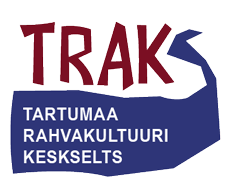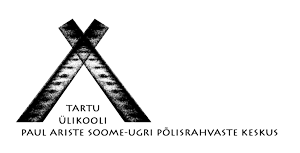Anna Ivanovna
Anna Ivanovna from the village of Peen-Rudja (Maloe Ruddilovo) near Kattila (Kotly) was the first known singer in Ingria to be collected folklore from. The first three of her songs were written down in 1831 in the parsonage of Kattila by Finnish academician Anders Johan Sjögren. After Sjögren, Anna was interviewed by Gabriel Rein, a history professor from Helsinki, and Engla Groundstroem, the wife of Kattila pastor, the Hungarian linguist Antal Reguly, Elias Lönnrot, compiler of Kalevala, folklore collector David Emanuel Daniel Europaeus and August Ahlquist, who studied Finno-Ugric peoples. The largest number of songs and laments by Anna Ivanovna (about 2,500 lines) were written down by Elias Lönnrot. Soon after meeting Ahlquist in the mid-1850s, Anna Ivanovna died. Still, Ahlquist’s articles largely influenced the general view of Anna being the last person to know Votian songs and speak the “dialect on the verge of extinction”.
Little is known of Anna Ivanovna’s life. In 1906, the Finnish folklorist Väinö Salminen heard from an old woman in Kattila that when she was young, there used to be someone in the Peen-Rudja village, who used to work in the parsonage and who knew many songs. The locals were astonished that foreign gentlemen came to write down her songs and even pay her a few roubles for that. It was known that she could speak Finnish, but not Russian language, because there were many Ingrian Finns working at the parsonage and even the local gentlemen spoke Finnish with their maids. At old age, Anna’s voice became coarse, but in her youth her voice had been so high and clear that she was even invited to sing lead at the weddings in Finnish villages.
Bartens 2012; Kallio 2013; Salminen 1929b; Västrik 2007.





